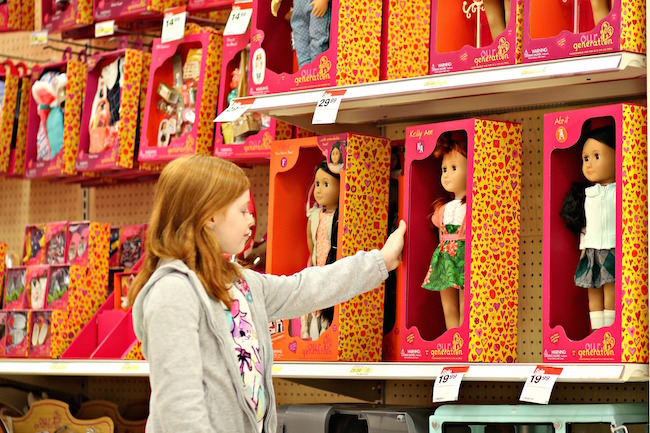
The world was recently introduced to Kavi Sharma, American Girl doll’s 2023 Girl of the Year! Sharma made history as the first South Asian, specifically, Indian, Girl of the Year. The doll is a limited-edition, annually-released doll which focuses on cultural diversity and representation.
In the years since the line launched in 2001, Marisol Luna, Jess McConnell, Sonali Matthews, Kanani Akina, Gabriela McBride, Luciana Vega, Corinne Tan and Kavi Sharma have all been of color, representing Latin, African-American and Asian cultures. Though the news of Kavi is groundbreaking for little Indian girls and their families, the media has had a lot to say about Sharma’s representation.
Sharma has fair olive skin, dark brown eyes and long, straight dark brown hair. For many, her appearance has raised the question — does Sharma look “Indian” enough? Is Sharma whitewashed?
For marketing purposes, it is possible that American Girl thought parents and grandparents were more likely to buy a lighter-skinned doll as a gift, as colorism unfortunately is very real and tends to be prevalent among older generations. Under the tight control of British rule years ago, India’s beauty industry was corrupted into believing that light skin is more favorable and darker skin should be made lighter by any means necessary — resulting in India’s skin whitening industry being worth around $4 billion today. Sharma’s complexion, or lack thereof, can be seen as ignorant to the toxicity of colorism within the region.
Another idea is that American Girl believed a white customer with a tanned skin tone and darker hair may even identify with Sharma, too, and so chose a relatively light skin tone in order to expand their target market. If true, these speculations are quite cringe-worthy, as we are living in the start of 2023, where we expect ignorance and naïveté to no longer cloud cultural diversity.
It is even a possibility that Sharma may be biracial or mixed, though she would likely be advertised as such. American Girl uses the same mold for each of their dolls, creating carbon copies of each face with only different hair and eye colors. From a branding perspective, this does make sense, as American Girl Dolls are easily identifiable with the company.
What is interesting, though, is that the “Girl of the Year” dolls are only around for one year at a time, meaning Sharma will not be available for purchase come 2024. This short-term diversity conveys that having a different background is not the norm, but the exception, which could not be further from the truth. Perhaps these dolls should always be available for purchase once they are rolled out as the new Girl of the Year, really driving home the idea that diversity in America is here to stay, and will always be embraced.
In the last few years, dolls have definitely come a long way in terms of diversity and inclusion, and it is wonderful to see little children play with the types of dolls I could only dream of owning. As I, an Indian girl, sit back and recall feeling completely detached when playing exclusively with blonde-haired blue-eyed dolls, I am relieved that this does not have to be the reality for today’s youth.


